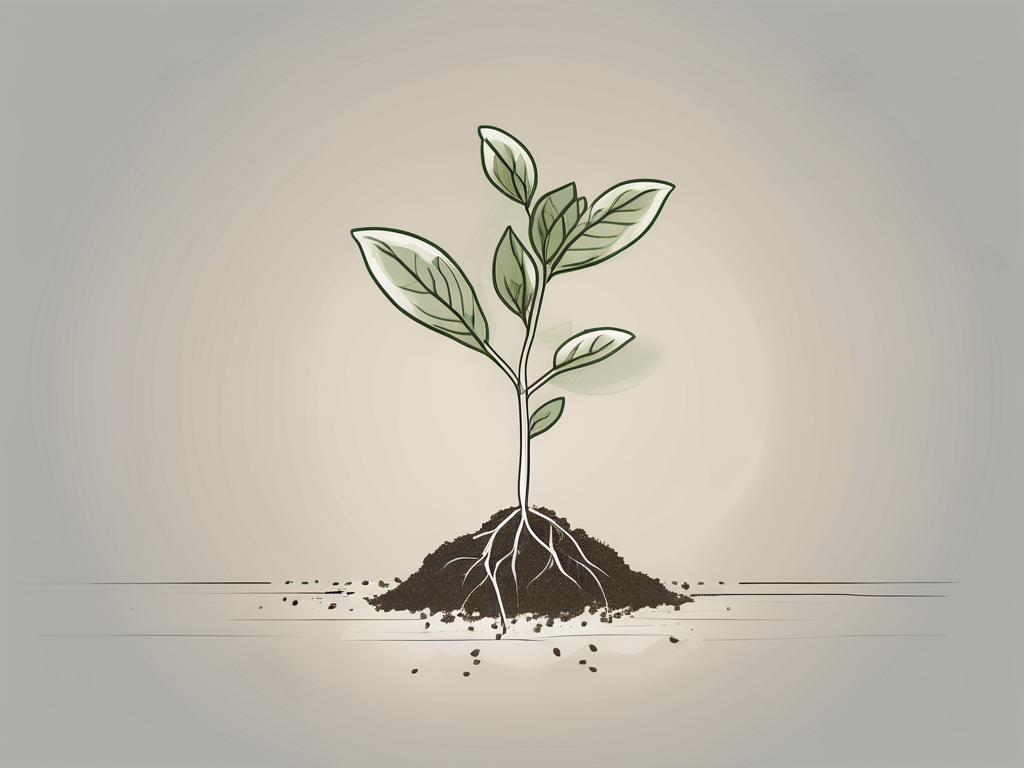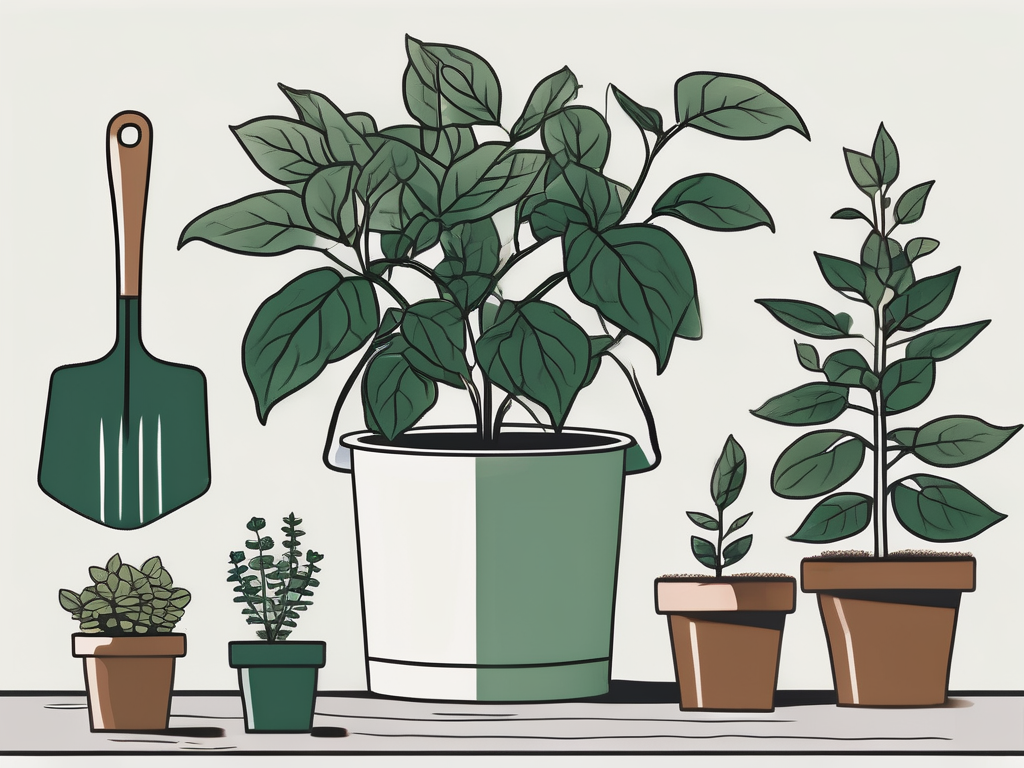
Fittonia, often known as the nerve plant due to its striking, veiny leaves, is a favorite among plant lovers. Its vibrant appearance can add a splash of color to any indoor garden. But what if you want more of these beauties around your home? That's where propagation comes in. By learning how to propagate Fittonia, you can cultivate a thriving collection without needing to buy new plants.
This article will walk you through every step of the propagation process, from selecting the right tools to caring for your new plant babies. We'll also cover some common pitfalls and how to avoid them. Whether you're new to plant care or a seasoned green thumb, you'll find tips here to help you successfully propagate your Fittonia and enjoy the journey of growing your own indoor jungle.
Understanding Fittonia and Its Growth Requirements
Before diving into propagation, it's helpful to understand what makes Fittonia tick. This plant is native to the tropical rainforests of South America, which means it thrives in humid, warm environments. Fittonia likes bright, indirect light and can tolerate lower light conditions, but too much direct sunlight can scorch its leaves. The soil should be well-draining yet able to retain some moisture, as these plants prefer consistently damp conditions.
Temperature-wise, aim to keep your Fittonia in a spot where the temperatures hover between 65 and 80 degrees Fahrenheit. If you're comfortable in the room, your Fittonia likely will be too. Keep an eye on humidity levels, though, as dry air can lead to crispy leaf edges. Consider using a humidifier or placing a tray of water near the plant to boost moisture in the air.
Knowing these basics helps you create an environment where your Fittonia can thrive. When it comes to propagation, maintaining these conditions will ensure that your cuttings have the best chance of growing into healthy plants.
Choosing the Right Tools for Propagation
Equipping yourself with the right tools can make the propagation process much smoother. Here's what you'll need:
- Sharp scissors or pruning shears: Dull blades can crush the plant's stems, making it harder for new roots to form. Clean and sharp tools are a must.
- Small pots or containers: These will be the new homes for your cuttings. Make sure they have drainage holes.
- Potting mix: A mix that retains moisture while allowing for good drainage is ideal. You might consider a peat-based mix or a combination of potting soil and perlite.
- Plastic wrap or a plastic bag: These can be used to create a mini greenhouse effect to keep humidity high around your cuttings.
Gathering these tools ahead of time will help you stay organized and focused as you move through the propagation process. It's kind of like having all your ingredients ready before starting to cook a new recipe—everything flows more smoothly when you're prepared.
Taking a Cutting from Your Fittonia
Now that you're equipped with the necessary tools, it's time to take that all-important cutting. This step is crucial because the quality of your cutting will directly affect the success of your propagation efforts.
Here's how to take a cutting:
- Identify a healthy stem: Look for a stem that is neither too young nor too old. It should have a few sets of leaves and be around three to five inches long.
- Cut below a node: Use your sharp scissors or pruning shears to make a clean cut just below a node (the point where leaves attach to the stem). This is where the roots will begin to grow.
- Remove lower leaves: Trim off any leaves that will be submerged in water or buried in soil. This prevents rotting and focuses the plant's energy on root development.
Once you've taken your cutting, you're one step closer to growing a new Fittonia plant. It's a bit like taking the first step on a new adventure—exciting and full of potential!
Rooting Your Cutting in Water
One popular method for rooting Fittonia cuttings is using water. This allows you to see the roots as they develop, which can be both educational and satisfying.
Here's how to root your cutting in water:
- Place the cutting in a container: Fill a small jar or glass with water and insert the cutting, ensuring the nodes are submerged but the leaves are above water.
- Keep an eye on water levels: Make sure the nodes stay submerged, and change the water every few days to keep it fresh and oxygenated.
- Provide indirect light: Place the container in an area with bright, indirect light. Direct sunlight can overheat the water and stress the cutting.
Within a few weeks, you should start to see roots forming. Watching those roots grow can be as thrilling as waiting for the first blooms in spring. It's a visible sign that your efforts are paying off.
Potting Your Rooted Cutting
Once your cutting has developed roots about one to two inches long, it's time to transition it to soil. This step is crucial for the long-term health of your plant.
Here's how to pot your rooted cutting:
- Prepare the pot: Fill your chosen pot with potting mix, leaving a small hole in the center for the cutting.
- Plant the cutting: Gently place the cutting into the hole, ensuring the roots are well-covered with soil. Be careful not to damage the delicate roots in the process.
- Water thoroughly: Give your new plant a good drink, allowing water to drain out of the bottom. This helps settle the soil around the roots.
After potting, place the plant in a spot with bright, indirect light. Think of this stage as moving day for your plant—it's settling into its new home and needs a bit of time to adjust.
Caring for Your New Fittonia Plant
Now that your new Fittonia is potted, it's time to focus on care. Like a new puppy, your plant will need some attention to thrive, but the rewards are well worth the effort.
Here are some tips for caring for your new Fittonia:
- Maintain humidity: Keep the plant in a humid environment. You can mist it regularly or place a small humidifier nearby.
- Water consistently: Fittonia likes evenly moist soil, so water when the top inch feels dry to the touch.
- Provide proper light: Bright, indirect light is best. If the leaves start to lose their vibrant color, they might need a bit more light.
- Fertilize occasionally: During the growing season (spring and summer), feed your Fittonia with a balanced liquid fertilizer every few weeks.
By following these care tips, you'll help ensure your new Fittonia grows strong and healthy. It's like setting up routines for a new workout—you'll see the benefits over time.
Common Propagation Challenges and Solutions
Even with the best preparation, challenges can arise during propagation. Don't be discouraged if things don't go perfectly on your first try—it's all part of the learning process.
Here are some common issues and how to address them:
- Cutting not rooting: If roots aren't forming, check that the cutting is still healthy and the nodes are submerged in water. Sometimes, changing the water or providing a little more warmth can help.
- Leaves wilting: Wilting can occur if the cutting is too dry or too wet. Ensure it has the right balance of moisture and is in a humid environment.
- Rotting stems: If the stem begins to rot, it's often due to too much moisture. Ensure the water is fresh, and if you're using soil, make sure it drains well.
Addressing these issues is much like troubleshooting a computer problem—sometimes, a small tweak can make all the difference.
Tips for Successful Fittonia Propagation
While the basic steps of propagation are straightforward, a few extra pointers can make the process even more successful.
Consider these tips:
- Use rooting hormones: While not necessary, rooting hormones can encourage faster root growth.
- Patience is key: Some cuttings take longer to root than others. Give it time and resist the urge to fuss too much.
- Track your progress: Keep a journal of your propagation attempts. Note what works well and what doesn’t—it's like keeping a diary of your plant adventures.
These tips can turn a good propagation attempt into a great one, much like adding the perfect seasoning to a favorite dish.
Expanding Your Indoor Jungle
Once you've successfully propagated your Fittonia, you might find yourself inspired to expand your collection even further. Propagation can be addictive, after all!
Here are some ideas for growing your indoor jungle:
- Try different varieties: Fittonia comes in various patterns and colors. Experiment with different types to diversify your collection.
- Share with friends: Gifting a propagated plant is a thoughtful way to share the joy of plants with others.
- Experiment with other plants: Once you've mastered Fittonia, try propagating other houseplants like pothos or succulents.
Growing your plant family can feel as rewarding as expanding your circle of friends. Each new addition brings its own charm and personality to your space.
Final Thoughts
Propagating Fittonia can be a fun and rewarding experience that enriches your plant collection with little effort and cost. By following these steps and tips, you'll be well on your way to nurturing new life and enjoying the process of plant care.
At Cafe Planta, we love helping people discover the joy of plants. Whether you're looking for new additions or need advice, feel free to email us or reach out on Instagram. We're here to support your plant journey and help you create a thriving indoor garden.












